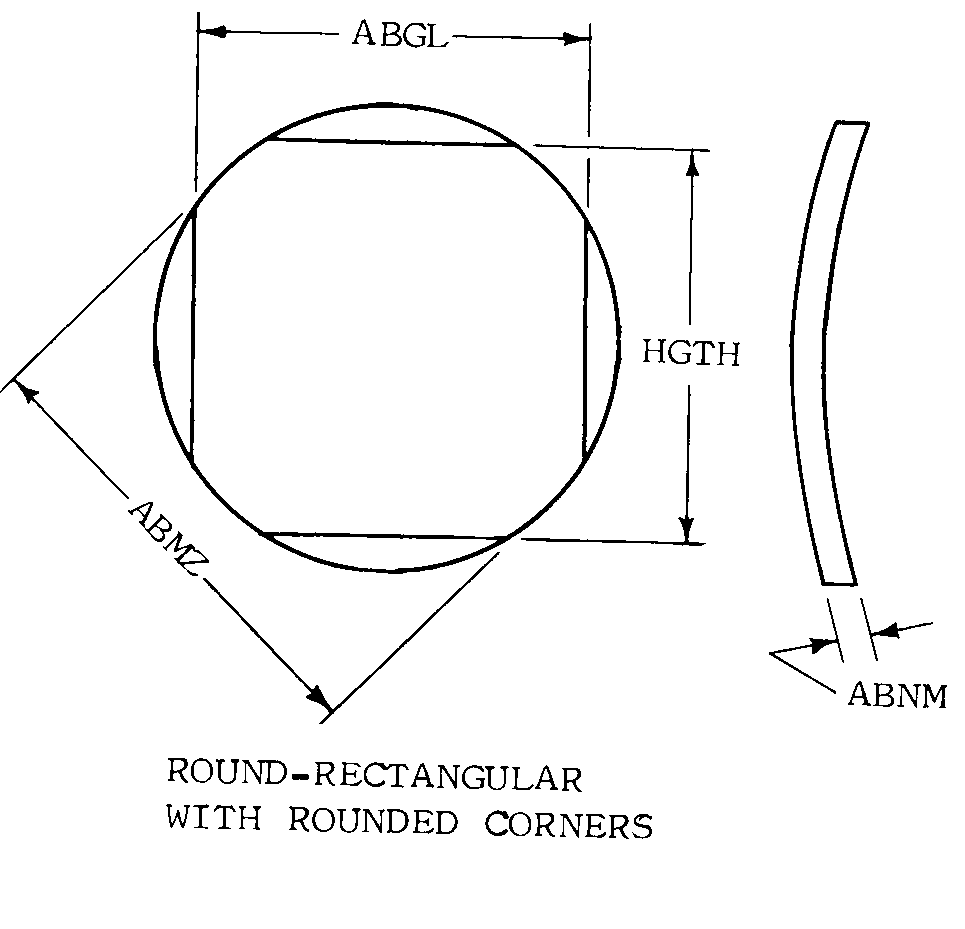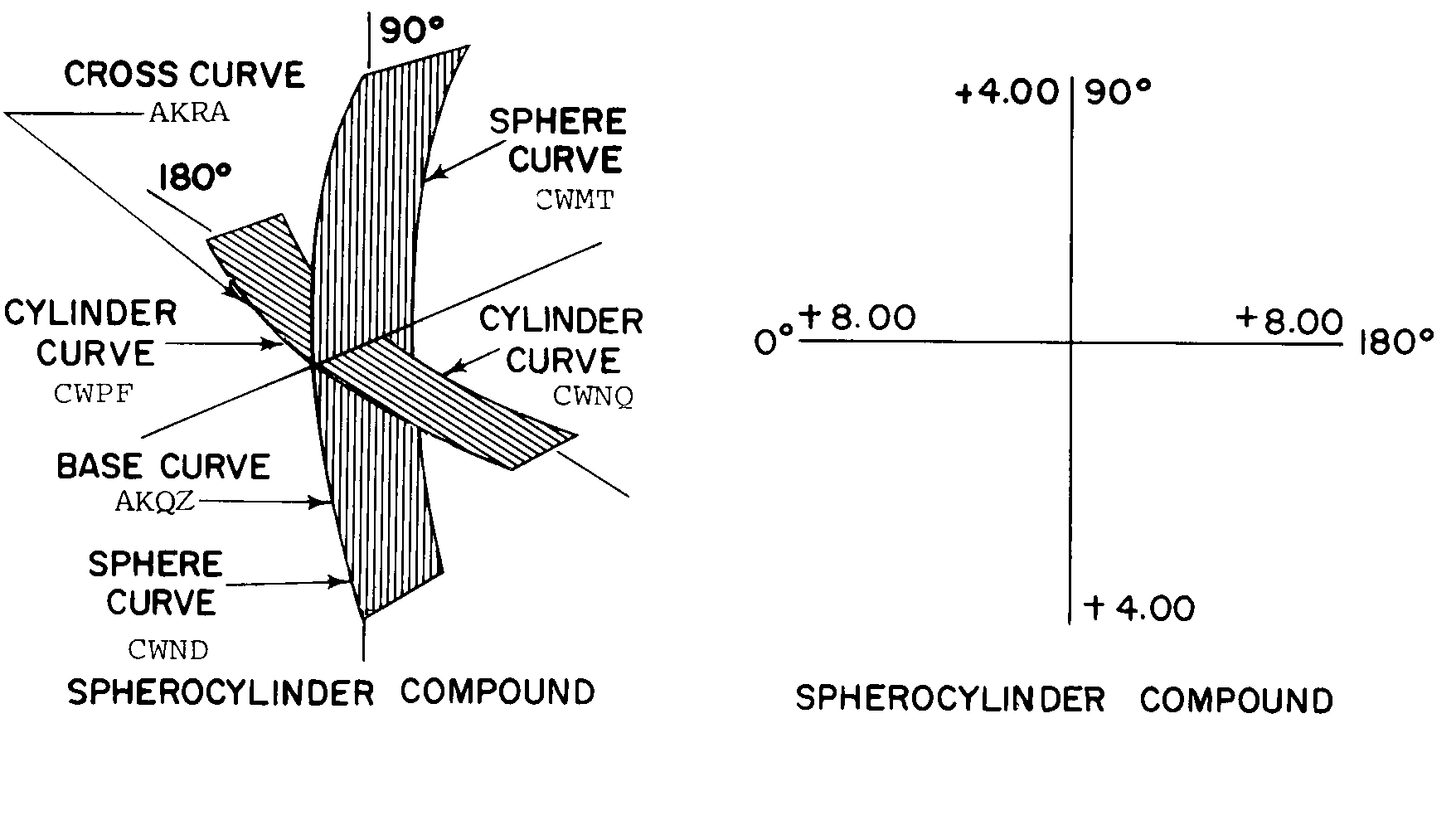6540010918275
Price Quote Get an up to date pricing and availability quote for this product. Order online or over the phone.
Quality Commitment
Serving our customers with quality and safety first.
- AS9120 Certified
- Audited supply chain
- ITAR Registered
- DDTC Registered
- HAZMAT Certified
- Customer service objectives
- Every product 100% inspected

6540-01-091-8275 Specification Set by the OEM (see RNCC code 3)
spherocylinder compound
65.0 mm
65.0 mm
2.2 mm
glass, SODA-Lime single vision
any acceptable
any acceptable
untinted
6.50 minus
any acceptable
0.75 minus
any acceptable
lens ophth compound glass sgl UNTINTED-6.50 -0.75 65mm dia uncut
45.00 pounds
1.098 cubic feet
180
68.0 mm
1
ROUND-Rectangular with rounded corners
0.0061 cubic feet
uncut
0.25 pounds
Cross Reference Parts Part numbers that meet the specification outlined on this page and set by the OEM
Identification Item Identification Guide (IIG) and Item Name Code (INC)


Definition Definition of approved item name (AIN): "LENS,OPHTHALMIC,COMPOUND"
A transparent optical element having a spherical curve and a cylindrical curve used to correct vision defects of the eye.
Related NSNs
Indicates that the item represented by the nsn in the input/output header is replaced by the preferred item represented by the nsn in the segment h. This code indicates a one-way substitution. Must be used in combination with phrase code 7 when pica loa is 01, 02, 06, 22, or 23.
Relationship Codes
OOU: Order of Use. Three position alpha code denoting the interchangeability and substitutability (I&S) relationship of a national stock number within a service/agency I&S family.
JTC: Jump to Code. Three position alpha code that denotes an exception to the normal sequence to be followed in the attrition of items within an interchangeability and substitutability (I&S) family.
Phrase Code: A one position code assigned to a phrase used in the management data list to denote changes and/or relationships between national stock numbers and reference data.
6540-01-091-8275 Material Hazmat, Precious Metals, Criticality, Enviroment, and ESD
Indicates there is no data in the hmirs and the nsn is in a fsc not generally suspected of containing hazardous materials.
Item does not contain precious metal.
The item does not have a nuclear hardened feature or any other critical feature such as tolerance, fit restriction or application.
Identification Codes
HMIC: Hazardous Material Indicator Code. A one position code that identifies a hazardous item.
PMIC: Precious Metal Indicator Code. A one position code which identifies items that have precious metals as part of their content. precious metals are those metals generally considered to be uncommon, highly valuable, and relatively superior in certain properties such as resistance to corrosion and electrical conductivity.
ESD: Electrostatic Discharge. Indicates if an item is susceptible to electrostatic discharge or electromagnetic interference damage. electrostatic discharge damage occurs when an accumulation of static electricity generated by the relative motion or separation of materials is released to another item by direct contact. electromagnetic interference damage occurs when an item comes into proximity with an electrostatic or magnetic field.
ENAC: Enviromental Attribute Code. Identifies items with environmentally preferred characteristics.
CRITL: Criticality Indicator Code. Indicates an item is technically critical by tolerance, fit, application, nuclear hardness properties, or other characteristics.






